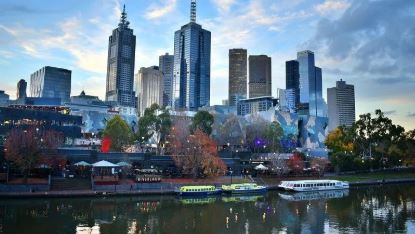
SQM Research, a well-known Australian real estate research organization, released a report saying that due to a large number of white-collar workers working from home, the rental situation of CBD apartments in Australia was dismal in July, while the vacancy rate of the housing rental market in the outer suburbs and remote areas declined. The report shows that, except for Melbourne’s vacancy rate, which rose by 0.1% to 3%, the vacancy rate of other capital cities in Australia has declined. Among them, the vacancy rate of Sydney fell by 0.2% to 3.6%. The nationwide vacancy rate was 2.1%, a slight decrease from the previous month.
However, although the vacancy rate in the CBD area has declined slightly, it is still high. Melbourne has not changed from the previous month, and the vacancy rate remains at 8.8%. Similar situations have also occurred in other states. The vacancy rate in Victoria’s Mornington Peninsula shrank to 0.8% in July this year, which is far below the level of 1.7% in December last year, in sharp contrast with the rise in the vacancy rate in Melbourne’s main urban area. In Queensland’s Sunshine Coast, the vacancy rate dropped to 0.7% in July, while the vacancy rate in the area was 1.8% and 1.2% in December last year and June this year, respectively.
Christopher said that there is a clear trend in the Australian housing rental market, which is the decline in vacancy rates in outer suburbs and remote areas. The reason is that the epidemic has caused many people to work at home, and people move from densely populated main urban areas to outer suburbs and remote areas. In terms of rent, the asking prices of landlords in remote areas rose by an average of 1.5% in July, while capital cities fell by 0.6%.

